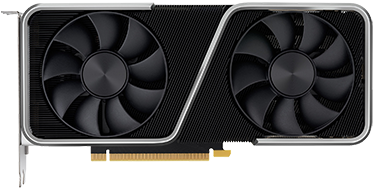Can Bitcoin mining be profitable or even worthwhile?
The goldshell kd5 , otherwise called KD5 Kadena miner, is used to mine the Kadena algorithm. It was delivered in March 2021 and highlights a hash rate of 18Th/s and power utilisation of 2250W.
As early adopters received 50 BTC annually at regular intervals, bitcoin mining started as a generously compensated side interest.
In 2020, if you mined one Bitcoin square and held onto it from 2010, you would be holding $450,000 in bitcoin.
Bitcoin Block Reward
Miners are compensated with 6.25 bitcoins. This number will decrease to 3.125 bitcoins after the divide in 2024. The prize is paid to the miner who settled the riddle first.
This process rehashes approximately like clockwork for each mining machine in the organisation. The trouble of the riddle changes every 2016 squares (~14 days) to guarantee that on normal one machine will settle the riddle in a brief period.
Network trouble is determined by how much hash rate is added to the Bitcoin organisation.

What is Mining Hardware?
PCs made specifically to mine bitcoins are referred to as mining equipment. The more remarkable your equipment – and the more energy productive the more profitable it will be to mine bitcoins.
What is Hashrate?
git Hashrate is a proportion of a miner’s computational power.
At the end of the day, the more miners (and thus registering power) mining bitcoin and expecting a prize, the harder it becomes to settle the riddle. It is a computational weapons contest, where the people or associations with the most registering power (hash rate) will want to mine the most bitcoin.
The more powerful a machine has, the more arrangements (and consequently, block compensates) a miner is probably going to find.
How do Bitcoin miners compute their profit?
You’ve probably heard the panic anecdotes about Bitcoin mining’s energy utilisation.
Whether or not the effect is exaggerated by the media, it’s undeniably true that the basic expense of mining is the energy consumed. The income from mining needs to offset those expenses, in addition to the first interest in mining equipment, to be profitable.
Mining Revenue
In 2020, one current Bitcoin mining machine (usually known as an ASIC), like the Whatsminer M20S, will generate around $8 in Bitcoin income consistently. Assuming you contrast this with the income of mining alternate cryptographic money, like Ethereum, which is mined with designed cards, you can see that the income from Bitcoin mining is double that of mining with a similar sum of GPUs you could purchase for one ASIC. Thirteen AMD RX design cards cost around the equivalent of one Whatsminer M20s.
You can consider it however the miners are a decentralised Paypal. Permitting every one of the exchanges to be recorded accurately and making a cycle of cash for running the framework.
Bitcoin miners acquire bitcoin by gathering something many refer to as the square award in addition to the charges bitcoin clients pay the miners for securely and safely recording their bitcoin exchanges onto the blockchain.
What is the Block Reward?
Generally, at regular intervals, a particular number of recently stamped bitcoin is granted to the individual with a mining machine that is the speediest to find the new square.
Initially, in 2009, Satoshi Nakamoto set the mining prize at 50 BTC, just as encoding the future decreases to the award.
The Bitcoin code is predetermined to divide this payout generally at regular intervals. It was diminished to 25 BTC in late-2012 and split again to 12.5 BTC in 2016.
As of late, in May 2020, the third Bitcoin dividing decreased the square prize to 6.25 BTC.
Shouldn’t something be said about exchange expenses?
The second wellspring of income for Bitcoin miners is the exchange charges that Bitcoiners need to pay when they move BTC to each other.
This is the magnificence of Bitcoin. Each exchange is recorded in an unchangeable blockchain that is duplicated to each mining machine.

